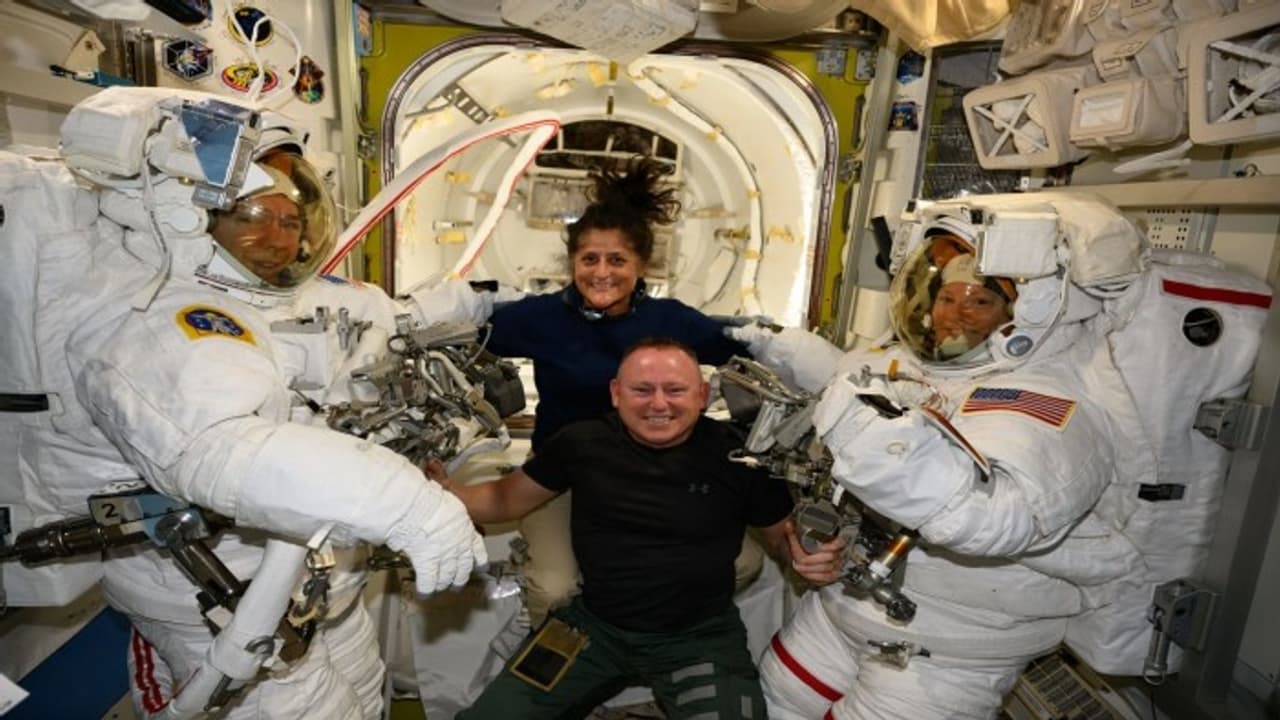Boeing's Starliner spacecraft successfully returned to Earth after a test mission to the International Space Station, landing safely in New Mexico. Despite facing earlier delays due to technical issues, the unmanned capsule completed its mission, paving the way for potential future crewed flights.
Boeing's beleaguered Starliner returned to Earth from the International Space Station (ISS) without astronauts Sunita Williams and Barry E Wilmore. After leaving the International Space Station around six hours earlier, the gumdrop-shaped spacecraft made a soft landing at White Sands Space Harbour in New Mexico at 0401 GMT (9:30 am). Its fall was slowed by parachutes and cushioned by airbags.

Following years of delays, Starliner finally launched in June for a planned roughly week-long test trip. This was to be the last check before the spacecraft was certified to transport crew members to and from the orbiting laboratory.
Though they will have to wait until February 2025, NASA finally determined it was safer to fly Butch Wilmore and Suni Williams back on a competing SpaceX Crew Dragon after unexpected thruster problems and helium leaks on the way up delayed their plans.
The gumdrop-shaped capsule touched down softly at the White Sands Space Harbor in New Mexico at approximately 0401 GMT, its descent slowed by parachutes and cushioned by airbags, having departed the ISS around six hours earlier.
It blazed red hot across the night sky, reaching temperatures of 3,000 degrees Fahrenheit (1,650 degrees Celsius) during atmospheric reentry, while ground personnel reported hearing sonic booms. Not only was a smooth and uneventful trip important for preserving some pride, but it was also thought to be crucial for Boeing's chances of obtaining certification in the future.
Shortly after undocking, Starliner executed a powerful "breakout burn" to swiftly clear it from the station and prevent any risk of collision -- a maneuver that would have been unnecessary if crew were aboard to take manual control if needed.
While expectations were high that Starliner would stick the landing, as it had in two previous uncrewed tests, NASA will now carefully review all aspects of the mission's performance before deciding on the next steps.
NASA awarded Boeing and SpaceX multibillion-dollar contracts over a decade ago to develop spacecraft to taxi astronauts to and from the ISS, after the end of the Space Shuttle program left the US space agency reliant on Russian rockets.
